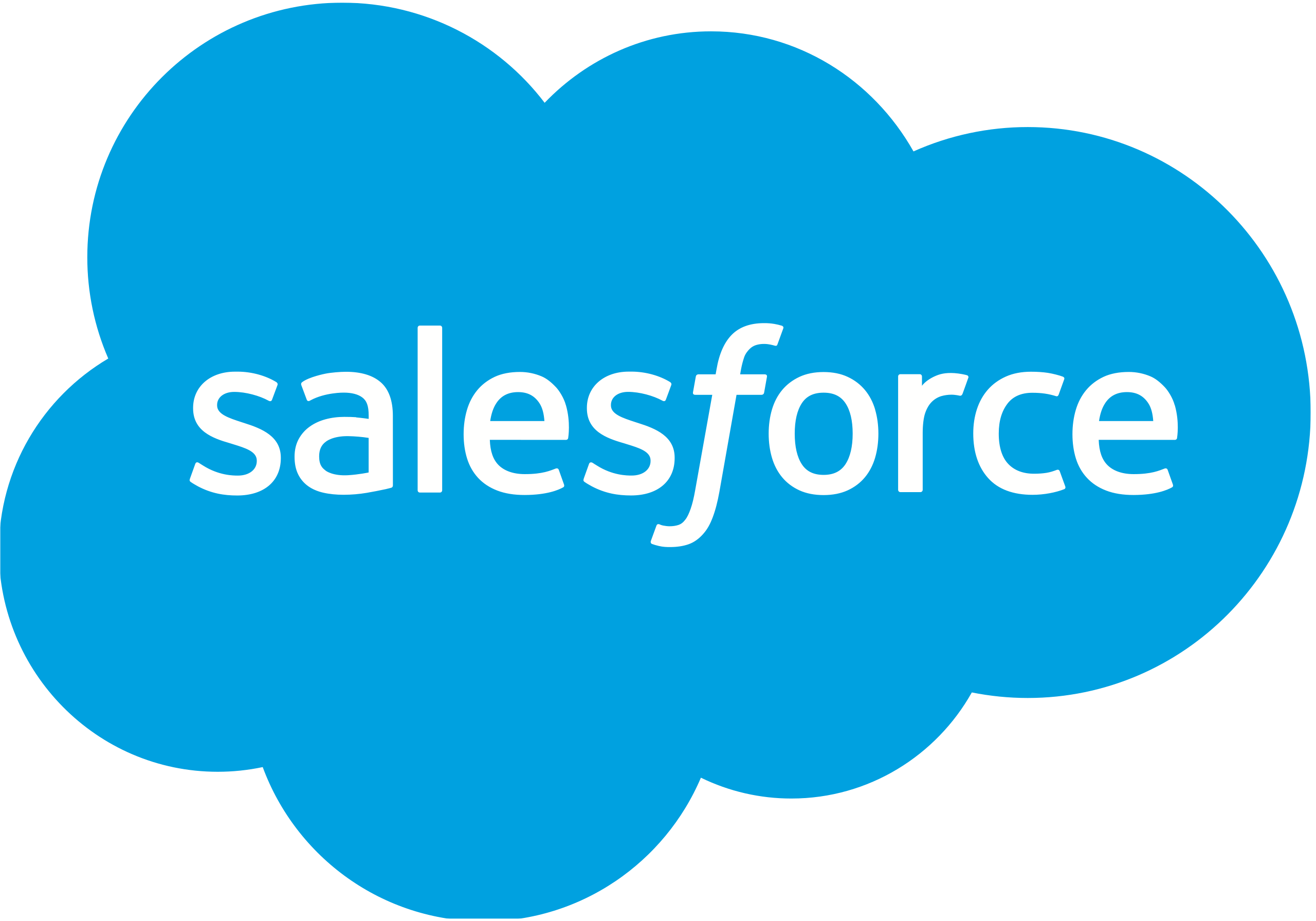Net Promoter Score (NPS): Customer Loyalty Metric
-Oct-02-2024-12-51-36-9888-AM.png)
Published on: October 01, 2024
Net Promoter Score (NPS) is a widely used customer loyalty metric that measures the likelihood of customers recommending a company's products or services to others. This simple yet powerful tool helps businesses gauge customer satisfaction and predict business growth.
Understanding Net Promoter Score
NPS is based on a single question: "On a scale of 0-10, how likely are you to recommend our company/product/service to a friend or colleague?" Responses are categorized into three groups:
- Promoters (9-10): Loyal enthusiasts who will keep buying and refer others
- Passives (7-8): Satisfied but unenthusiastic customers who are vulnerable to competitive offerings
- Detractors (0-6): Unhappy customers who can damage your brand through negative word-of-mouth
Calculating NPS
The Net Promoter Score is calculated by subtracting the percentage of Detractors from the percentage of Promoters:
NPS = % Promoters - % Detractors
The resulting score ranges from -100 to +100, with higher scores indicating better customer loyalty.
Importance in Sales and Marketing Operations
NPS is crucial for Sales and Marketing teams because it:
- Provides a clear, actionable metric for customer satisfaction 📊
- Helps identify loyal customers who can become brand advocates 🎯
- Highlights areas for improvement in products or services 🔧
- Correlates with business growth and customer retention 📈
Practical Applications
Revenue Operations teams can leverage NPS in various ways:
- Customer Segmentation: Tailor marketing strategies for Promoters, Passives, and Detractors
- Product Development: Use feedback to guide feature improvements
- Customer Success: Identify at-risk accounts and implement retention strategies
- Sales Enablement: Equip sales teams with testimonials from Promoters
NPS Benchmarks
While NPS benchmarks vary by industry, here's a general guide:
| Score Range | Interpretation |
|---|---|
| 70+ | Excellent |
| 50-69 | Great |
| 0-49 | Good |
| -100-0 | Needs Improvement |
Common Challenges and Best Practices
While NPS is valuable, it's not without challenges:
- Limited Context: Supplement NPS with follow-up questions to understand the 'why' behind scores
- Cultural Differences: Be aware that scoring tendencies may vary across cultures
- Timing: Choose appropriate moments in the customer journey to conduct NPS surveys
- Action: Ensure there's a process to act on feedback, especially from Detractors
Integrating NPS into Your Tech Stack
To maximize the value of NPS:
- Integrate NPS surveys into your CRM system 💻
- Use marketing automation to trigger surveys at key touchpoints 🔄
- Implement analytics tools to track NPS trends over time 📊
- Connect NPS data with other customer metrics for a holistic view 🔍
As you consider implementing or optimizing your NPS program, ask yourself:
- How can we systematically collect and analyze NPS data?
- What processes can we put in place to act on NPS feedback quickly?
- How can we use NPS to drive cross-functional collaboration between Sales, Marketing, and Customer Success teams?
- What other metrics should we track alongside NPS for a comprehensive view of customer satisfaction and loyalty?
















